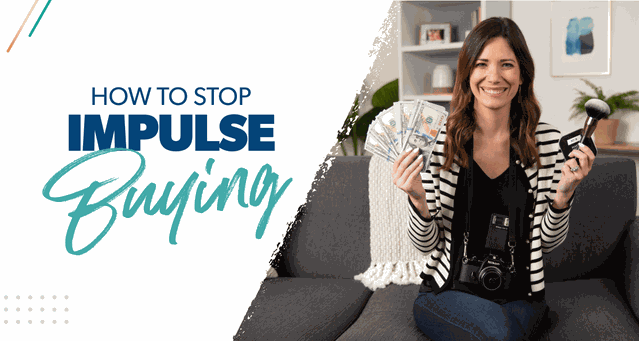Unveiling the Urge: Exploring Three Phases of the Impulse Purchase Cycle
The allure of impulse purchases is undeniable. We’ve all succumbed to the temptation of a dazzling display or a persuasive advertisement, ending up with an item we hadn’t planned to buy. Understanding the psychology behind impulse buying empowers us to make more conscious choices. This article delves into three key phases of the impulse purchase cycle, shedding light on the triggers and motivations that fuel these spontaneous decisions.
Phase 1: The Emotional Trigger
The impulse purchase cycle often begins with an emotional trigger. These triggers can be positive or negative, but they all evoke a feeling that a purchase might alleviate or enhance. Here are some common emotional triggers that can spark the urge to buy impulsively:
-
Excitement: The thrill of a new discovery, a limited-time offer, or a trendy item can trigger excitement, making us feel compelled to seize the opportunity before it vanishes.
-
Boredom: When we’re bored, shopping can provide a temporary escape and a sense of novelty. The act of browsing or acquiring something new can be stimulating, even if the purchase itself isn’t entirely necessary.
-
Sadness or Frustration: Negative emotions can also drive impulse buying. Retail therapy, the act of buying something to improve one’s mood, can be a temporary fix for feelings of sadness or frustration. However, the satisfaction from the purchase is often fleeting.
-
Social Pressure: The desire to fit in or keep up with the latest trends can be a powerful trigger. Seeing others with a coveted item can create a sense of envy and the urge to acquire it ourselves, even if it doesn’t align with our actual needs.
Phase 2: The Store Environment and Product Placement
Once an emotional trigger is ignited, the store environment can play a significant role in influencing our purchasing decisions. Here’s how stores leverage design and product placement to fuel impulse purchases:
-
Strategic layouts: Stores are meticulously designed to guide customer traffic and strategically place tempting items. Eye-catching displays near the checkout line or impulse buy sections at the store entrance are prime locations for triggering unplanned purchases.
-
Sensory marketing: Pleasant music, enticing aromas (like freshly baked bread), and even strategic lighting can all subconsciously influence our mood and buying behavior. A relaxed and inviting atmosphere can make us more susceptible to impulse purchases.
-
Limited-time offers: Signs proclaiming “limited-time only” or “clearance sale” create a sense of urgency and scarcity. The fear of missing out can prompt us to make a purchase before the opportunity disappears.
-
Price anchoring: Stores often use price anchoring to influence our perception of value. Seeing a discounted price next to a higher original price can make a deal seem more attractive, even if the discounted price is still higher than necessary.
Phase 3: The Justification and Purchase
In the final phase, we attempt to justify the impulse purchase to ourselves or others. This justification often involves mental gymnastics, convincing ourselves that the purchase is a good deal or fulfills a need we hadn’t previously acknowledged. Here are some common justification tactics:
-
The “treat” mentality: We might convince ourselves that the purchase is a deserved reward or a small indulgence, especially after experiencing a stressful event.
-
The “need” fabrication: We might invent a need for the item, mentally stretching its potential uses to justify the purchase.
-
The “fear of missing out” (FOMO): FOMO can trick us into believing that if we don’t buy the item now, we’ll miss out on a valuable opportunity. This fear can lead to impulsive purchases that wouldn’t have been made otherwise.
-
The “sunk cost fallacy”: If we’ve already invested time considering the purchase, the sunk cost fallacy might convince us to go through with it, even if it’s not the most rational decision.
Understanding these three phases of the impulse purchase cycle empowers us to become more mindful consumers. By recognizing emotional triggers, being aware of store tactics, and avoiding justification traps, we can make more conscious choices and avoid buyer’s remorse.
Beyond the Cycle: Strategies for Curbing Impulse Purchases
While understanding the impulse purchase cycle is valuable, here are some practical strategies to help you curb impulsive spending:
-
Create a budget: Knowing how much you can afford to spend helps you stick to your financial goals and avoid unplanned purchases.
-
Make a shopping list: Sticking to a list prevents you from getting sidetracked by impulse buys while browsing in stores.
-
Avoid shopping when bored or stressed: These emotions can make you more susceptible to impulse purchases. Find healthier coping mechanisms for dealing with boredom or stress.






More Stories
Where to Watch USMNT vs Jamaica National Football Team
How I Met My Monster
How Should a Ring Fit